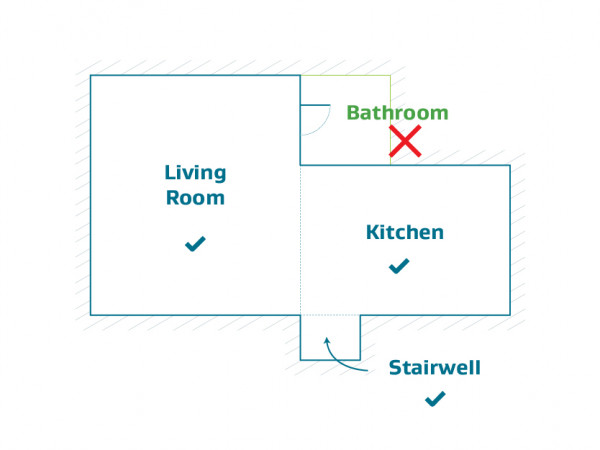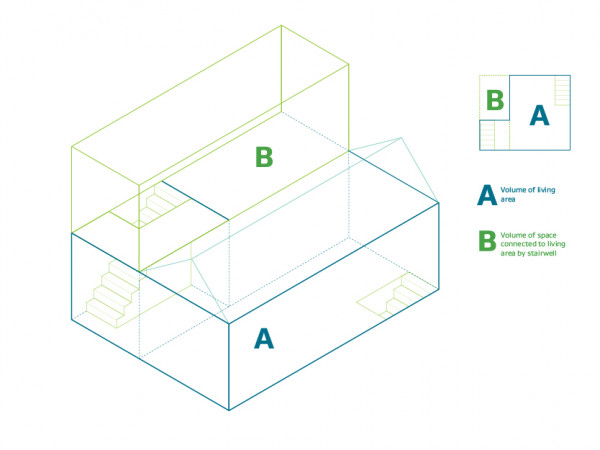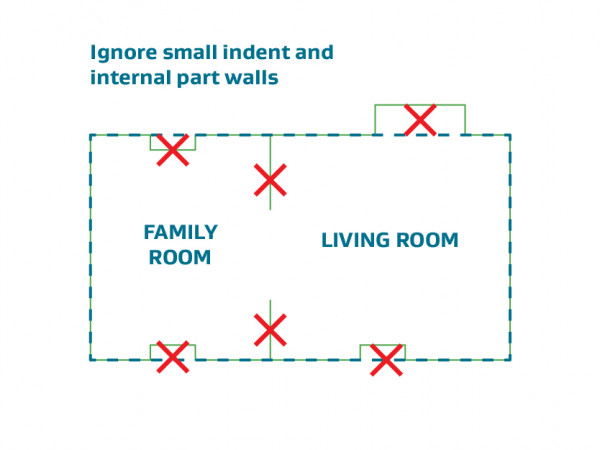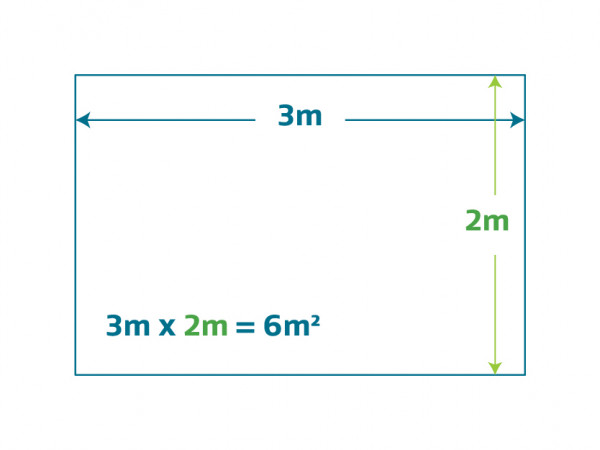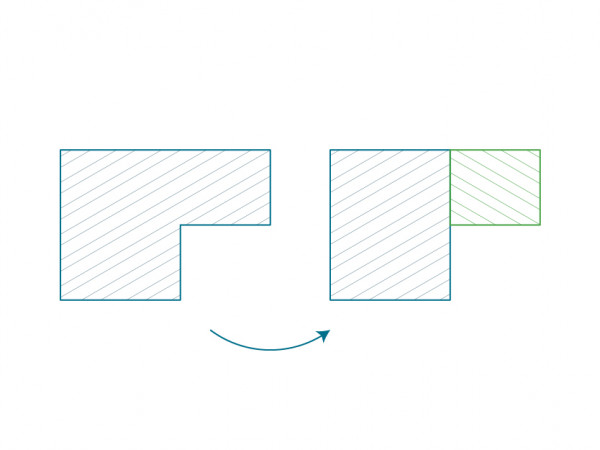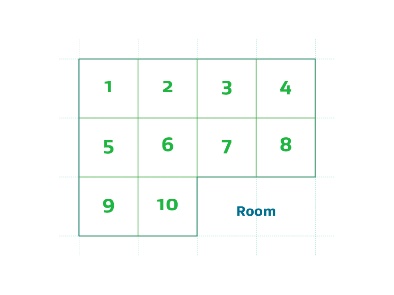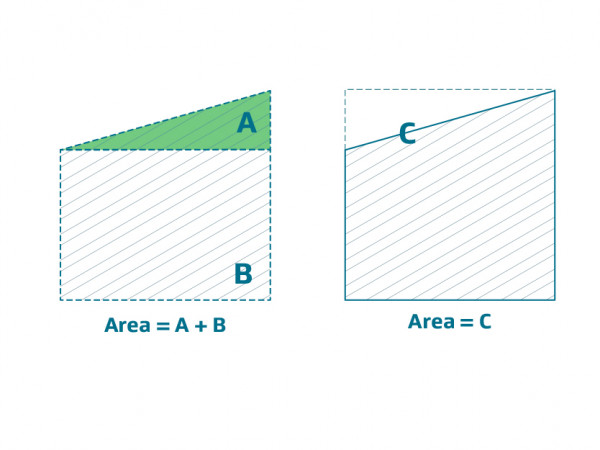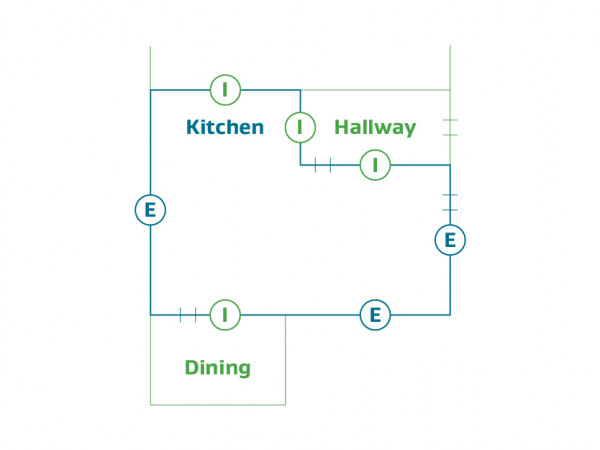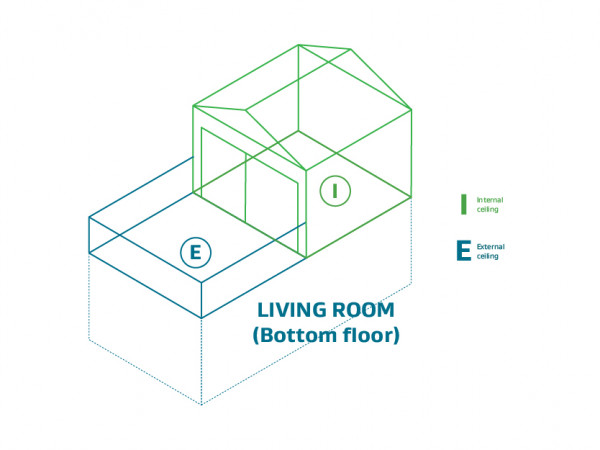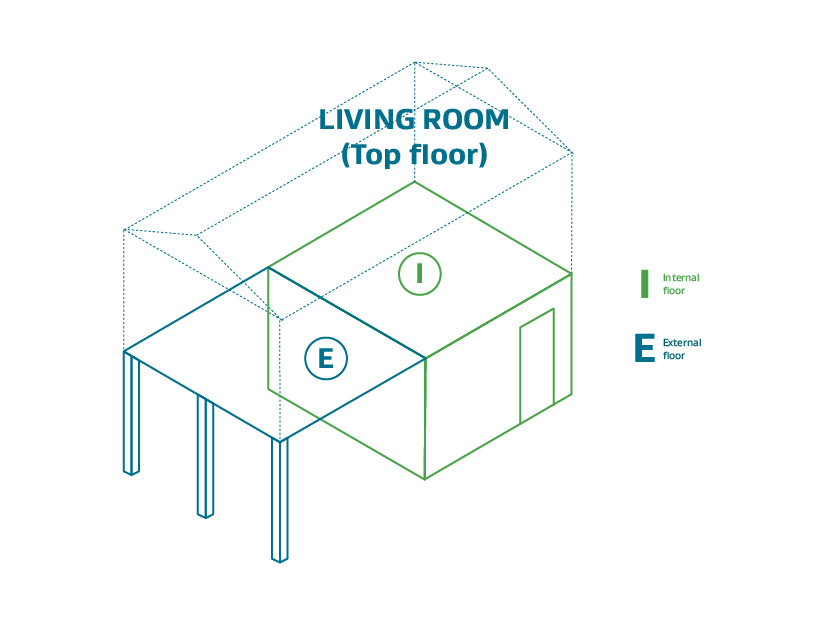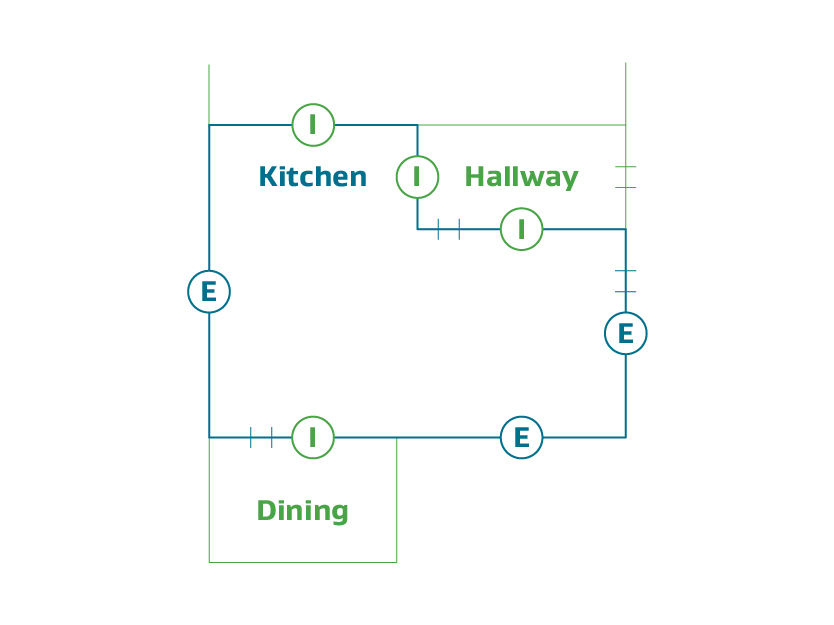On this page:
- Introduction to the heating assessment tool
- What the tool does
- How to use the tool and gather the information you’ll need
Introduction to the heating assessment tool
The heating assessment tool helps you calculate the minimum heating capacity required for heaters in your rental home under the healthy homes standards. As part of these standards, landlords must provide a fixed heater (or heaters) that can heat the main living room.
This tool is referenced in clause 10 of the Residential Tenancies (Healthy Homes Standards) Regulations 2019(external link) as the ‘heating capacity calculator’. The formula in the regulations is what the tool is based on (therefore the formula can be applied manually as an alternative to using the tool).
What the tool does
The tool provides a report that shows the minimum heating capacity you need for your main living room. You can use it to check if your current heating is sufficient to meet the required standard, or if you need to install a new heater(s). The report can also help prove a rental home meets the heating requirements in the healthy homes standards.
More information about the healthy homes standards
The tool asks a series of questions about:
- what region your home is in (to understand the local climate)
- the type of property and when it received building consent
- how much space you need to heat
- what surfaces (walls, windows, doors, floors and ceilings) heat can escape through
- how well these surfaces are insulated.
For rental home layouts that are complex to measure, it’s best to contact an industry professional like a home performance assessor to calculate the required heating capacity. The more accurate the information is, the more accurate the report will be.
Using the tool for rooms with sloped /irregular ceilings
For living rooms with sloped / irregular ceilings the tool makes some conservative assumptions to help keep the required user inputs simple. This means the tool will usually generate a result that overestimates the heating requirements.
To calculate the area of the irregular part of the ceiling, the tool assumes a 45 degree angle. It will calculate the volume of the room based on multiplying the living room floor area with the highest wall height of the room. For example, for a rectangular living room floor plan, the volume calculation will assume a cuboid shape. The tool may also overestimate the area of any external walls with a sloped edge.
If you think the tool will not sufficiently take into account the design features of your property (e.g. if you have sloped roofs and/or irregular ceilings), we recommend you ask a professional to use the formula instead of the tool. Alternatively you could engage a suitably qualified person to undertaking a heating assessment.
Using the formula instead of the tool
Using a qualified heating specialist
Results are rounded
The result from the tool is displayed in Kilowatts (kW) rounded up to one decimal place.
Disclaimer
If you use this tool in good faith by using accurate information, you can rely on the tool to deliver correct results based on that information. You’re also entitled to rely on the assumptions the tool makes, unless you know these assumptions are wrong.
Read our full disclaimer(external link)
Your privacy
When using the tool you’ll need to provide an email address if you want to save your progress and finish your assessment at a later time. We won’t store or share your email address. We’ll send a link to this address so you can access the tool and the information you’ve entered so far. This link will expire after 60 days and any information you’ve input will be cleared.
Read our full privacy statement
Industry professionals using the tool
For rental home layouts that are complex to measure, it’s best to contact an industry professional like a home performance assessor to calculate the required heating capacity. The more accurate the information is, the more accurate the report will be.
Industry professionals should note that for rooms with a sloped roof/irregular ceiling, the tool will assume that the slope is of a 45 degree angle. It will calculate the volume of the room assuming a cuboid shape, where the highest point of the slope is assumed to be the height. This will usually generate a result that overestimates the heating requirements.
In these types of cases where the tool may not fully take into account the particular details of the property, we recommend industry professionals use the formula instead.
Using the formula instead of the tool
The formula that industry experts can use for manual calculation can be found in schedule 2 of the Residential Tenancies (Healthy Homes Standards) Regulations 2019. This formula is the basis for the heating assessment tool.
Industry professionals should note that using an alternative tool or formula cannot guarantee that the calculation will be correct under the healthy homes heating standard. A different tool may underestimate the required heating capacity or input different values, and therefore may not achieve compliance with the standard.
Heating capacity formula(external link)
Find building practitioners in your area:
Search the licensed building practitioners register(external link)
Search the plumber, gasfitter and drainlayer public register(external link)
Search the electrical workers register(external link)
For more information or advice when installing heaters, woodburners or heat pumps, visit:
Community Energy Network (CEN)(external link)
New Zealand Home Heating Association(external link)
Master Plumbers (gasfitters)(external link)
Climate Control Companies Association of New Zealand (CCCANZ)(external link)
Home Performance Advisors (HPA)(external link)
How to use the tool and gather the information you’ll need
The heating assessment tool requires several pieces of information in order for it to provide accurate results. Following this guide will help you prepare the information you need before you start, so you can avoid pausing part-way through.
Overall you’ll need to:
- gather information about the property type, age and location
- know when the home received building consent
- measure the main living room and calculate areas
- assess insulation and replace estimates where you can.
Steps to take before using the tool
1. Gather information about the property type, age and location
The council area that your rental home is located in helps the tool understand your local climate – for example, how cold it gets in winter. You need more heating capacity if you live somewhere cold. Some heat pumps struggle to perform at cold outdoor temperatures just above freezing point. If you live somewhere cold and your heaters include a heat pump, you’ll need one that performs well at cooler temperatures.
The date your home received building consent tells us what building standards apply. Your local council can help with this. They can provide a Land Information Memorandum (LIM) which includes information about your property.
The heating assessment tool will use this information to make an assumption about the insulation of your walls, windows, ceilings and floors.
If your home has been renovated throughout with wall, floor and ceiling insulation as well as double glazing, it may meet the healthy homes standards criteria to be treated as a ‘modern’ home by the tool.
In order to qualify, you will need to find out whether all of your insulation and glazing meets or exceeds the 2009 insulation and glazing standards.
Understanding if your home meets the 2009 insulation and glazing standard
For the purpose of calculating the heating capacity, apartments are defined as being part of a residential building of at least 3 storeys with 6 or more units.
If your rental property is defined as an apartment, the tool will reflect how these types of properties are better at retaining heat.
Understanding whether your home meets the apartment criteria
2. Measure the main living room and calculate areas
You’ll need to measure the main living room and any connected spaces that are always open to it, which cannot be closed off with windows or doors. Then you’ll need to calculate the areas of walls and floors. The tool will assume your ceiling area based on the size of the living room floor.
If you’re planning to renovate your rental property to make the main living room bigger, you should use measurements based on the future layout. This may overestimate the level of heating you currently need but will make sure your heating device will meet the healthy homes standards.
This section shows you what to measure and how to calculate the areas you need. These examples are written for floors. You can use the same calculations for walls or other surfaces.
3. Assess insulation and replace estimates where you can
Calculating a room’s heating needs is complex. The tool lets you simplify the calculations for areas, and its calculations for volumes make some assumptions based on this.
In some places the tool estimates a suitable value based on information you’ve provided. For example, it will assume your home has the minimum insulation building standards required but not more. You can use the estimate or you can provide a specific value to be more precise.
Where these estimates are not exact, the tool picks a safe value so you know the heating calculated by the tool will be enough. The tool might recommend more heating than you actually need. The more accurate the information is that you provide, the less the tool will overestimate the heating you need. If you know you have an R-value that is lower than the tool estimates you must enter the correct lower value.
Last updated: 09 January 2025
